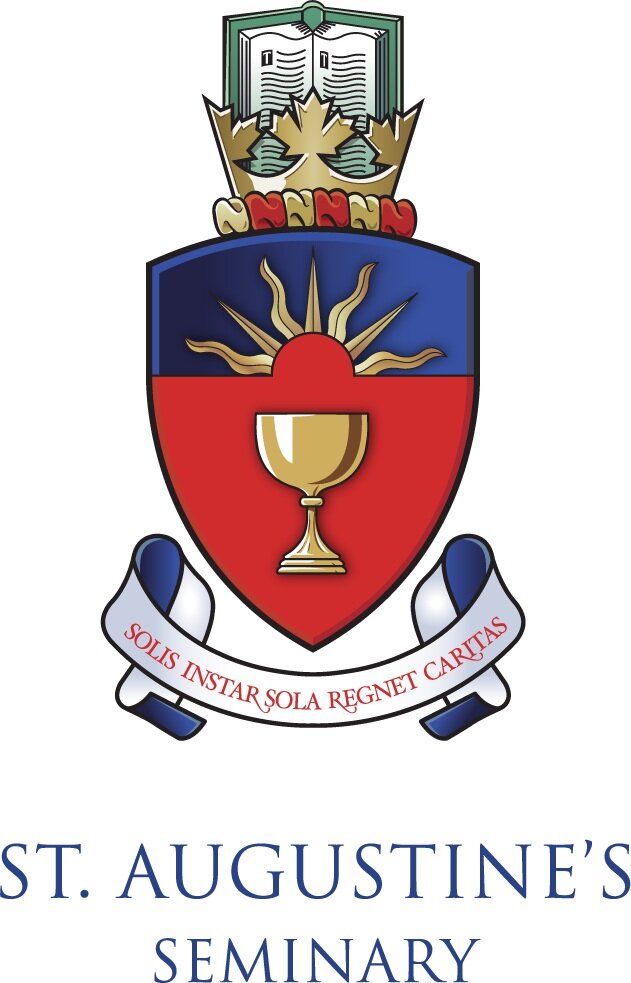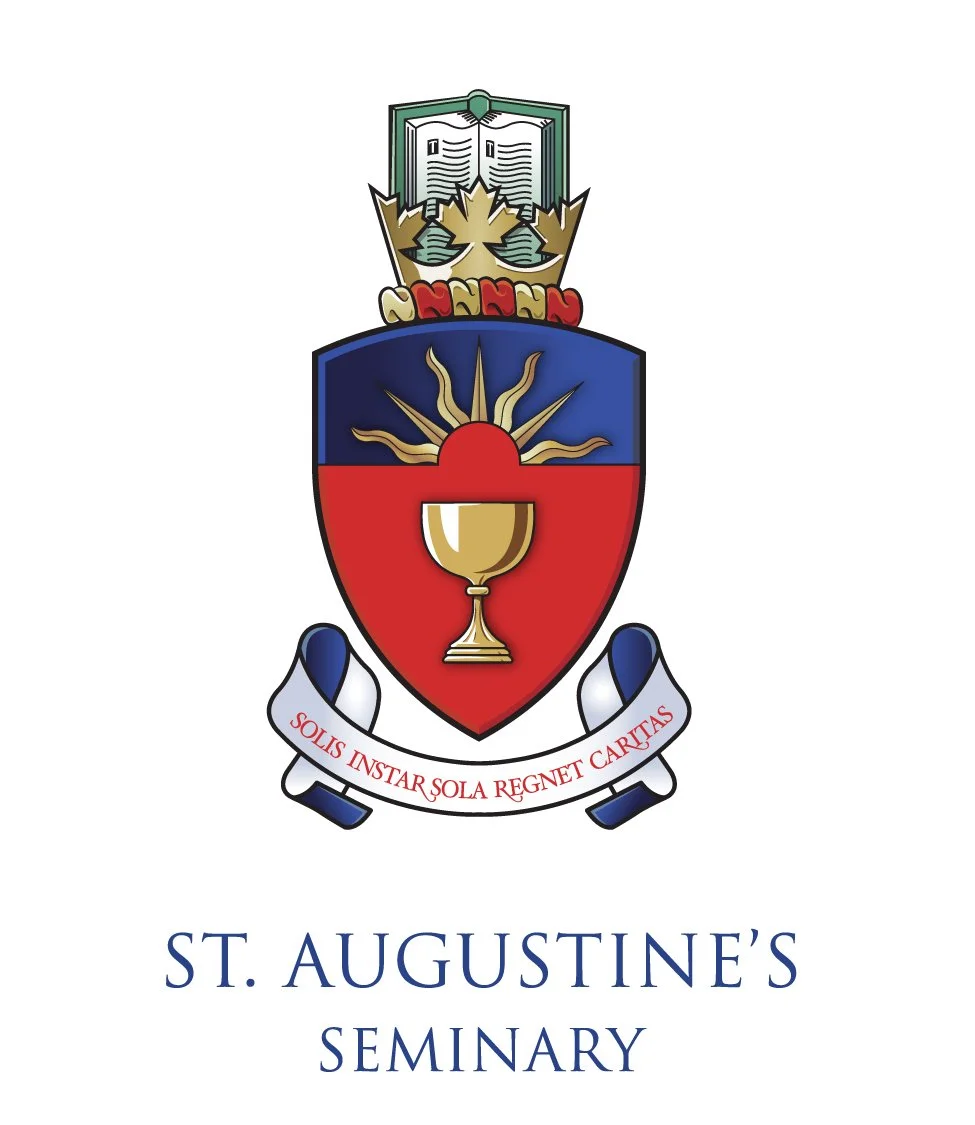Extraordinary Ordinaries
Source: https://www.catholicregister.org
Extraordinary Ordinaries started out as a project to be released in 2017 to help Toronto Catholics celebrate the 175th anniversary of the archdiocese.
Pulling it all together — including using The Catholic Register’s archive of newspapers dating from 1893 — Fr. Séamus Hogan began to see the social side of Church history as he traced how bishops became embroiled in the challenges of their time. By concentrating on the bishops, Fr. Hogan was able to give a focus to history that touches on immigration, economics, politics and culture.
For each bishop, Fr. Hogan was able to pick out a key attribute of their time at the helm. Michael Power is “the martyr,” Armand-Francois-Marie de Charbonnel is “the reluctant,” John Joseph Lynch is “the missionary.”
Fr. Hogan hopes readers see the humble and ordinary side of Toronto’s primary prelates as they read his book.
“I hope they think, ‘Holiness is possible here, where I live. I could be a saint right here in Toronto,’” he said.
Some trivia about the bishops who have headed the Archdiocese of Toronto:
Archdiocese of Toronto's bishops from top left: 1. Bishop Michael Power; 2. Bishop Armand Francois Marie de Charbonnel; 3. Archbishop John Joseph Lynch; 4. Archbishop John Walsh; 5. Archbishop Dennis O'Connor; 6. Archbishop Fergus McEvay. From bottom left: 7. Archbishop Niel McNiel; 8. Archbishop James McGuigan; 9. Archbishop Philip Pocock; 10. Cardinal Gerald Emmett Carter; 11. Cardinal Aloyisius Ambrozic; 12. Cardinal Thomas Collins. (Photos from Archdiocese of Toronto, Catholic Register files)
1. Bishop Michael Power (1842-47) was just 42 when he died of typhus during a summer spent visiting the sick in the fever sheds near Toronto’s lakefront as 40,000 Irish refugees fleeing famine poured through Toronto.
2. Bishop Armand-Francois-Marie de Charbonnel (1850-60) inherited the nearly completed St. Michael’s Cathedral and found it a bit too plain for his Francophone sensibility. In 1851 he installed the stations of the cross which still grace the renovated St. Michael’s. That’s why the stations are named in French.
3. Archbishop John Joseph Lynch (1860-88) loved the outdoors. He requested he be buried half inside and half outside the walls of the St. Michael’s Cathedral north transept, hoping those who walked by there might be reminded to pray for him.
4. Angry Orangemen pelted Archbishop John Walsh’s (1889-98) carriage with stones and brickbats when he arrived in Toronto in November of 1889. One of the missiles hit him in the arm, injuring him badly.
5. Archbishop Denis O’Connor (1899-1908) disliked anything that seemed vain and had his photograph taken only once, when he was a priest. When he became bishop staff painted a pectoral cross into the photograph.
6. In just three years Archbishop Fergus McEvay (1908-11) accomplished an incredible list of milestones, including laying the cornerstone for St. Augustine’s Seminary, despite the fact he suffered from pernicious anaemia.
7. When Toronto’s Federation for Community Service decided in 1927 to stop raising money for Catholic Charities, Archbishop Neil McNeil (1912-34) launched the Federation of Catholic Charities and raised twice as much money as they would have received from the old federation.
8. As soon as the Second World War was over Archbishop James McGuigan (1934-71) got on a ship and headed for Rome where he became Toronto’s first cardinal.
9. Archbishop Philip Pocock (1971-78) was a weekly columnist for the Toronto Star during Vatican II. He launched ShareLife in 1976 in response to the United Way’s decision to support Planned Parenthood.
10. Cardinal Gerald Emmett Carter (1978-90) was asked by the city to look into police relations with minority communities after police shot Jamaican immigrant Albert Johnson in his home. Carter’s final report was a milestone in the history of police reform in Toronto.
11. Cardinal Aloysius Ambrozic (1976-2006) finished high school in a displaced persons’ camp in Austria. His family had been threatened by communists in his native Slovenia and he spent three years as a refugee before arriving in Toronto.
12. With a PhD in Scripture from Gregorian College in Rome, Cardinal Thomas Collins (2007-) knows the Bible. But the former high school English teacher knows the Lord of the Rings trilogy almost as well, once describing it as one of his favourite pieces of literature for its “vision of true leadership.”


